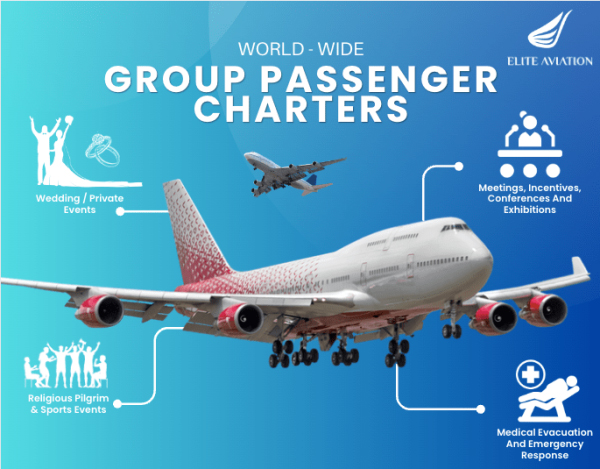[ad_1]
Business and travel go hand in hand, which gave many airlines several ideas to cater to businessmen on the move. But while many shuttle airlines existed that flew New Yorkers to domestic cities like Washington D.C. and Boston, how about one that could fly all the way to London? Eos wanted to answer that call.
Eos was a carrier that only offered Business Class for those who needed to fly across the pond. However, this endeavor lasted only four years due to financial shortages and rising operational costs. Here’s how Eos fared in the 2000s.
‘A New Beginning’ for Air Travel
Eos was founded in 2004 by former British Airways Director of Strategy Dave Spurlock. Initially called Atlantic Express, it was renamed Eos Airlines and then shortened to just Eos. Named after the Greek goddess of dawn, the carrier symbolized a new beginning in air travel.
Slated for a launch in October 2005, the carrier flew primarily from John F. Kennedy International Airport (JFK) in New York City to London Stansted Airport (STN) in London. Rather than catering to upper-class or economy travelers, Eos carved a niche in the middle, providing a sufficient Business Class experience for less than what legacy airlines charged at the time.
Eos had a fleet of six Boeing 757-200s, reconfigured to only seat 48 passengers instead of the typical 200. Each seat was a foldable flatbed, offering an adequate 21 square feet of personal space — a rarity even compared to today’s airlines, where Business Class cabins remain in condensed spaces to accommodate main cabins. Each cabin also had layouts where passengers could dine or conduct meetings.
Silverjet, Maxjet Created Direct Competition
The carrier’s slogan was ‘Uncrowded. Uncompromising. UNAIRLINE.’. This motto helped the airline set itself apart from other transatlantic airlines.

Eos was among a trio of airlines that formed to offer business-class travel across the pond. MAXjet and Silverjet were the other two airlines that joined Eos. Continental and Virgin Atlantic also regularly managed transatlantic travel.
Murdock planned to expand the airline globally. According to Eos’ website, the airline announced new destinations in Washington D.C., Boston, Los Angeles, Miami, Newark, Paris, and Dubai. According to issues of its eosCLASS Magazine, it also planned to acquire two additional Boeing 757s.
In 2007, American Airlines was the next airline to operate the JFK-STN route, starting on 29 October of that year. The airline offered 200 seats on its Boeing 767 and was the first carrier to offer Economy class for that route.
The Fall of New York Business Class-Only Airlines
On Christmas Eve 2007, MAXjet was the first to suspend all flight operations, citing the rise in fuel costs, crew wages, and other ongoing costs. Eos, Silverjet, and Continental all opted to accept MAXjet tickets that had not already been redeemed. On 26 December, MAXjet filed for bankruptcy court.
On 26 April 2008, Eos announced it would be next to file for bankruptcy, suspending all operations two days later. While a Newark-Stansted route was slated to open in early May, that wasn’t the case anymore.
Eos reportedly lost $37 million from January to September 2007, requiring a $50 million profit to continue. Executives were reportedly ‘hopeful’ that investors would bail them out before resorting to filing for bankruptcy.
Virgin Atlantic Director of Communications Paul Charles commented on the fall of Eos and MAXjet:
‘Passengers will now find it too risky to book with business-only airlines…As Maxjet and Eos have shown, when they collapse, they do so with little notice, leaving their passengers stranded and possibly out of pocket.‘

Silverjet founder Lawrence Hunt instead showed optimism in light of Eos’ closure in 2008:
‘This is very good news for us as it leaves us as the only operator. It’s very sad that they’ve gone, but their business model was always going to struggle in a downturn as they weren’t offering any major price advantage.‘
On 30 May 2008, Silverjet announced it would also cease operations, the primary reason being that it didn’t have the money to continue. Irish company Kingplace agreed to buy out Silverjet on 10 June 2008, but the deal fell through three days later, leading to the company’s liquidation.
MAXjet attempted a comeback as a charter service in 2008 after being purchased by NCA Sports Group that year. The asset purchase agreement, however, was terminated by August 2008.
[ad_2]
Source link

